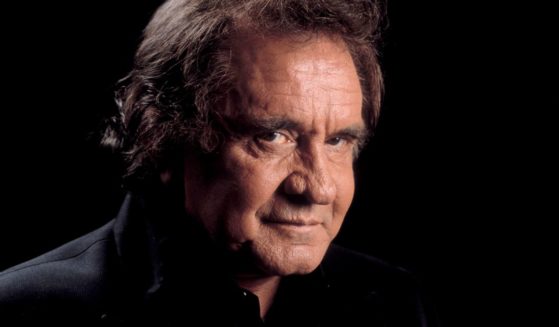Get the latest news delivered right to your email.
2024 Election
Top Stories
Advertisement
Green New Deal 2: Biden Brags on $7B Ploy, Will Pollute Environment, Save $350M Annually
Biden has decided to spend another $7 billion to supposedly save low-income families a combined $350 million annually.
By Allison Anton
April 23, 2024
Comment
MoreShare
Alert: Court Gives Cops New Power to Use Dangerous Method to Access Your Phone
It seems like every year Americans lose more rights to privacy ,and here we see yet another example of that loss.
By Warner Todd Huston
April 23, 2024
Comment
MoreShare
Watch: AOC Sends Signal to College Protesters, Within Hours Mob Forces Columbia to Take Drastic Action
No mater how they frame it, the campus turmoil is not just about Palestine or Israel. It's about the Jews themselves.
By Mike Landry
April 23, 2024
Comment
MoreShare
Taylor Swift's Controversial New Album Has Set Vinyl Sales Record: There's One Major Caveat
Taylor Swift generates a lot of powerful emotions, for some odd reason. She also, apparently, generates powerful vinyl sales.
By Bryan Chai
April 23, 2024
Comment
MoreShare
Watch: 2-Time MVP Nikola Jokic's Brother Caught Punching Fan During Tense Moment
The NBA is reportedly investigating the viral incident that occurred during Denver's Monday comeback against the Lakers.
By Johnathan Jones
April 23, 2024
Comment
MoreShare
Biden to Give Commencement Address at College, But Faculty Backlash Is Already Causing Problems: Report
Biden's attempts to play both sides of the Israel-Hamas conflict might turn his upcoming commencement address into a disaster.
By Allison Anton
April 23, 2024
Comment
MoreShare
Nancy Pelosi Embarrasses US While Traveling Abroad with Extremely Foolish Attempt to Interfere with Israeli Politics
If a powerful foreign leader said the same thing about President Joe Biden, the Democrats would be up in arms.
By Allison Anton
April 23, 2024
Comment
MoreShare
Watch: Biden Just Had a 'Very Fine People on Both Sides' Moment That Could Cause Him Big Trouble
The vipers in the establishment media have given Biden a pass for the same transgression of which they once falsely accused Trump.
By Michael Schwarz
April 23, 2024
Comment
MoreShare
Advertisement
Biden Breaking the Ten Commandments: Part Four - Bidenomics Subverts the Sabbath
Biden is upsetting the balance of rest and work ordered by God — and Americans are paying the price economically and spiritually.
Comment
MoreShare
Former Military Chaplain Talks Becoming Battle-Ready to Serve in God's End-Times Army
U.S. Army Col. (Ret.) David Giammona believes the world is entering the end times, and "the Lord wants us to work even harder."
Comment
MoreShare
Interview: Jeremy Carl Sounds the Alarm on 'How Anti-White Racism Is Tearing America Apart'
In a new book, Carl asserts that if there is anything resembling systematic racism in America today, it is directed at the white majority.
Comment
MoreShare
Advertisement


































